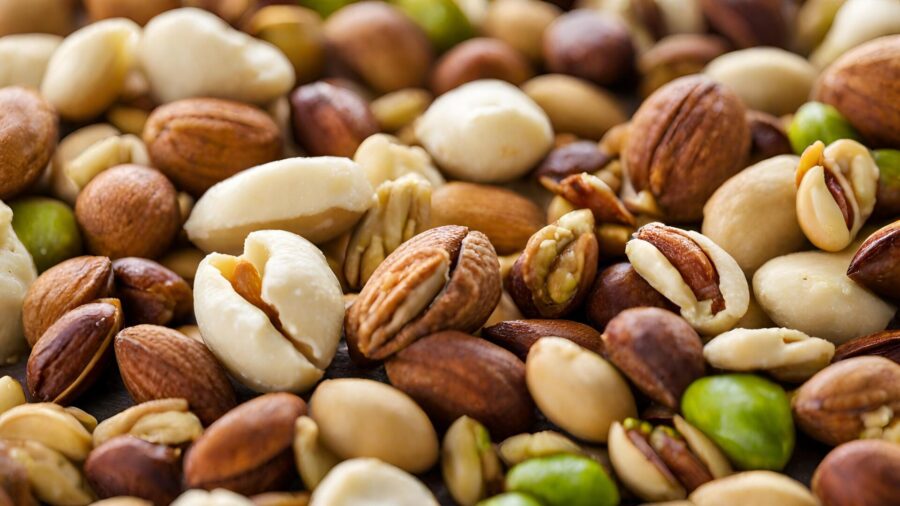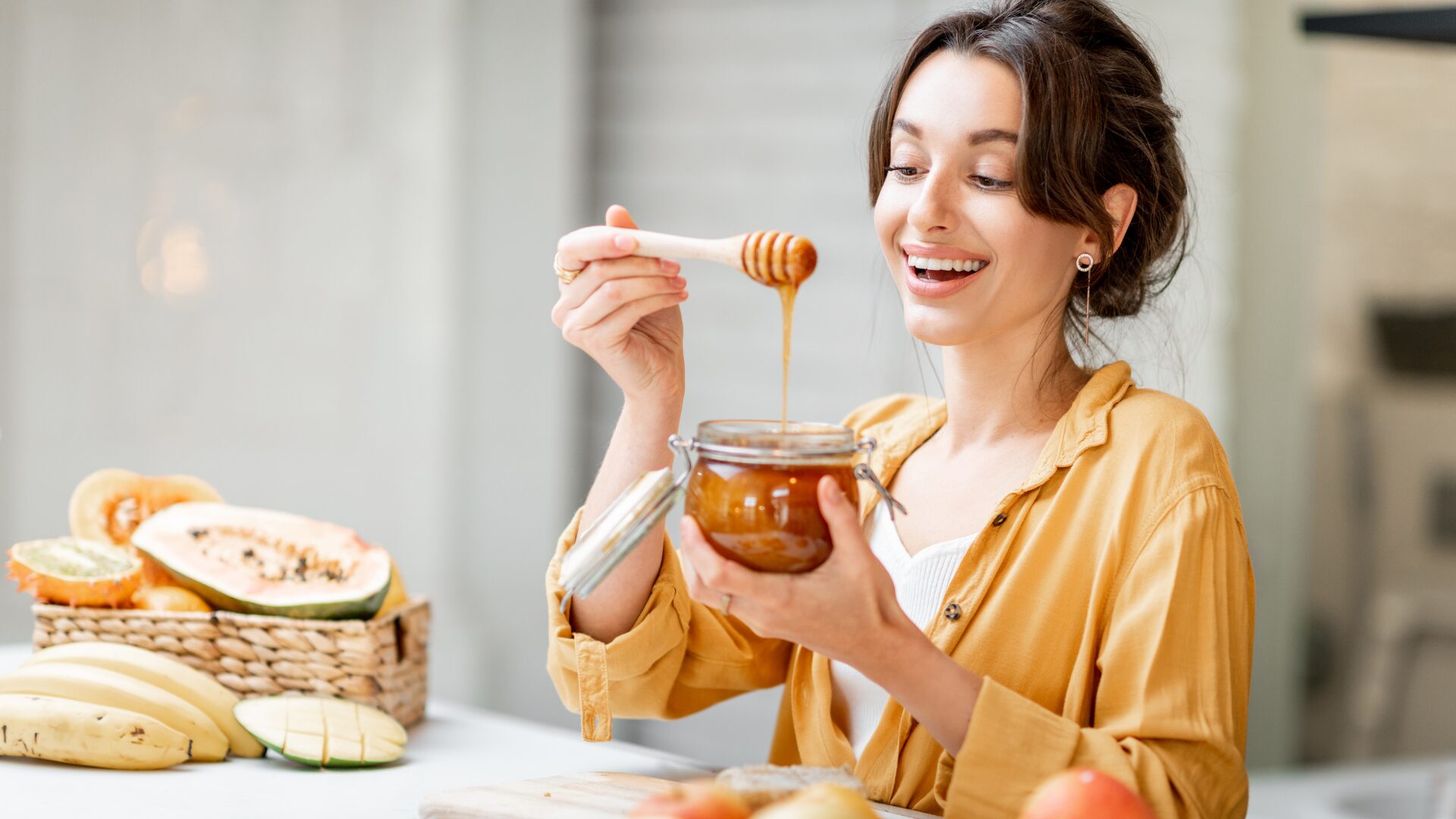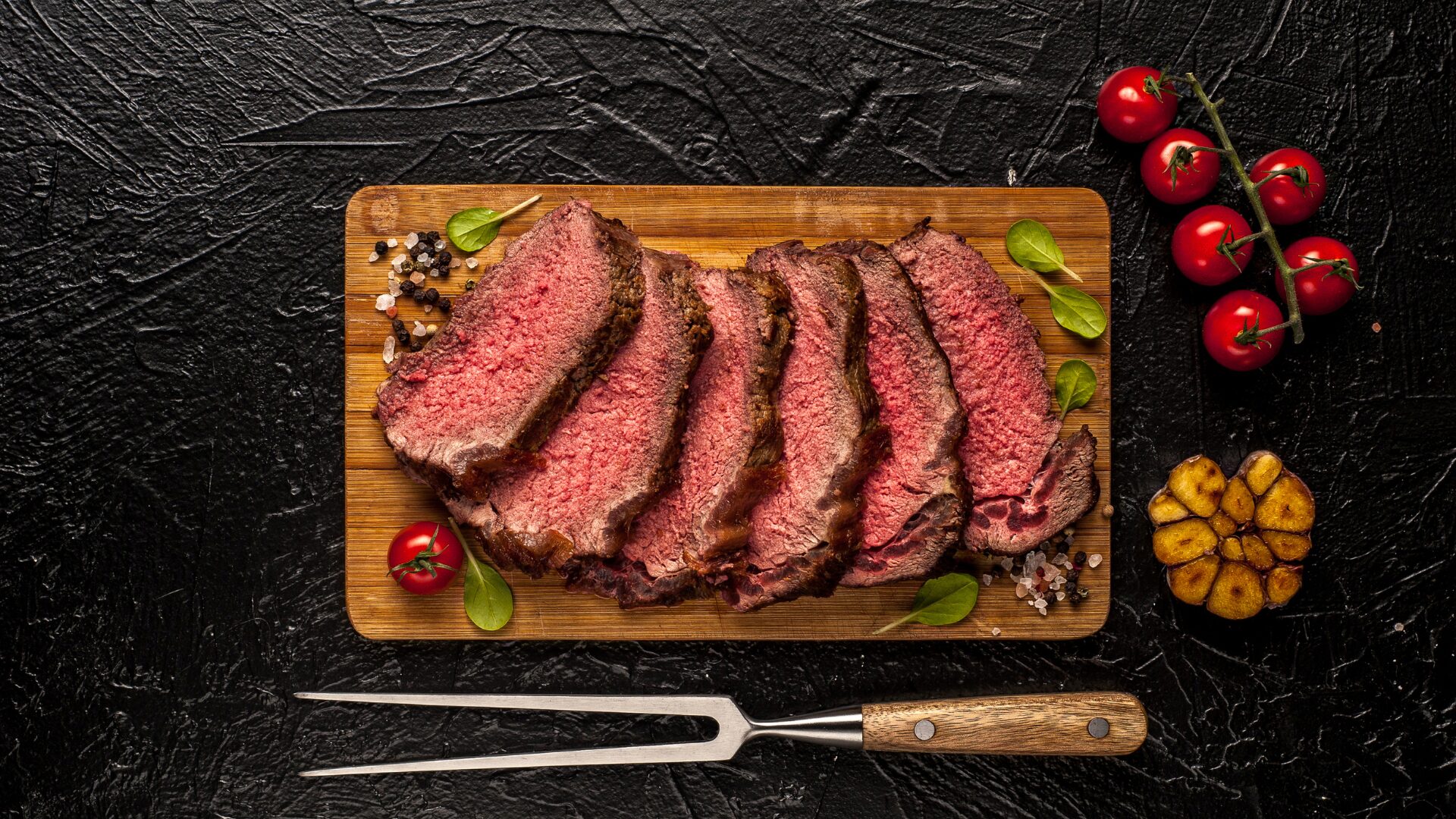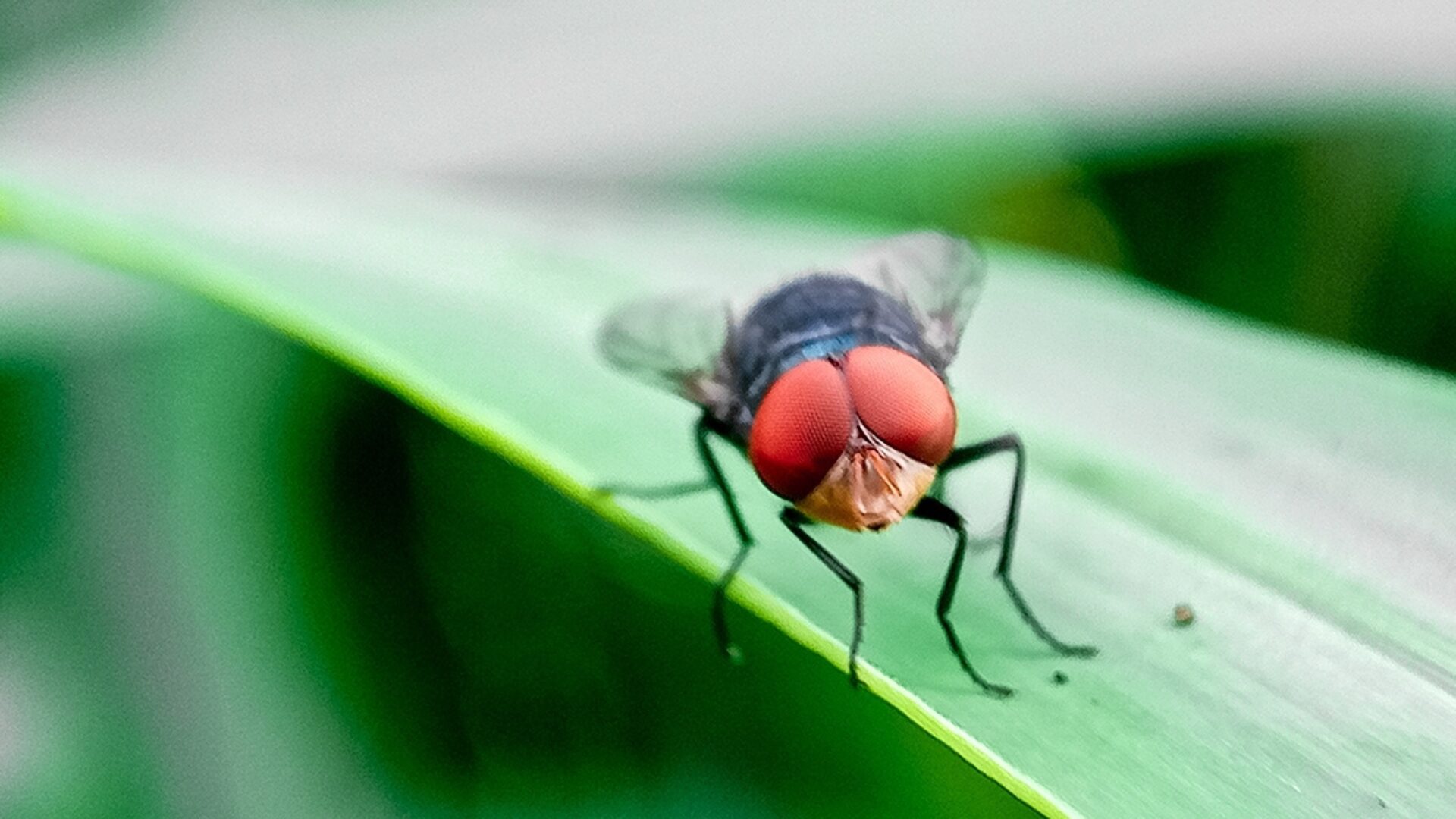In the pantheon of nuts, macadamias can be easy to overlook. Less salty than peanuts, less savory than cashews, and less celebrated than chestnuts roasting over an open fire, the macadamia is often reserved for cookies long after the chocolate chips have run out.
Not so fast, said Jillian Laing, CEO of the World Macadamia Organisation (WMO).
“People want to eat their wellness,” she told The Food Institute, “and there’s an increasing number of people who want to snack smarter, explore plant-based foods, and consume naturally functional foods.”
The WMO is the only macadamia-focused global organization recognized by macadamia-producing countries with membership from growers and processors to develop a worldwide understanding and appreciation of macadamias for their health benefits. Because macadamia trees are geographically diverse and found across every continent (except the frozen ones), Laing said there aren’t the usual food commissions or promotional organizations for them, “so we had to come together as an industry and ask, what can we do?” she added.
“Macadamia production is doubling in five years and may triple in 10; we know we need to open up new demand and find new consumers and new locations.”
If the market and trending consumer preferences are any indication, macadamias are poised to take on the world in grocery and specialty retail. But is the world ready for the mighty macadamia?
Cracking the Kernel of the International Market
According to recent research from Future Market Insights (FMI), the global macadamia nuts market reached over $2 billion by the end of 2022 and is growing at a compound annual growth rate (CAGR) of 11.2%, estimated to more than double to $5.08 billion by the end of 2033. As the better-for-you snacking movement continues apace, the time of the mighty macadamia is nigh. Macadamias, in fact, are poised to make a major push into premium nut mixes:
- The macadamia global supply is expected to double as farmers have begun switching out tobacco and other crops for the hardier (and profitable) macadamia.
- The industry is preparing a major marketing blitz to work with established and emergent developers to include macadamias in premium snack mixes.
- Macadamias tick many boxes for today’s trending snacks – they’re functionally nutritious, loaded with healthy fats, and wield a pleasant crunch underscored by a milky mouthfeel and finish.
South Africa produces the most macadamia nuts and Australia consumes the most per capita. FMI notes that fueling that consumption is the rapid advancement of agritech, particularly in the realms of precision growth and cutting-edge harvesting technology to reduce labor and increase yields, further contributing to advantageous pricing in the global market; a South African cooperative firm named Golden Macadamias developed a sorting system using Biometric Signature Identification technology for nuts and dried fruit, helping to identify and separate the highest-quality nuts.
Laing said the natural churn of commodity cycles has created a growing environment rife with opportunity for farmers interested in fostering the macadamia industry. Laing said the economics and the return of macadamia trees over time has been hard to ignore.
“From plantation-style larger farming operations to small-farm models with just one or two hectares, macadamia trees are an attractive addition or alternative to coffee, plantains, mangoes, and more; macadamia trees are also evergreen and have a certain robustness and strong root system. They’re also kind to the environment.”
A typical macadamia nut tree takes five to seven years to harvest, and up until a few years ago there was more demand than supply; Laing said there was a 21% increase in supply from 2021 to 2022, helping fuel that “double by 2025, triple by 2030” market sizing.
That’s a lot of nuts, in other words, and a lot of consumers experiencing healthy and mindful indulgence.
Heart-Healthy Indulgence
How consumers regard “good-fat” snacks like nuts has undergone a massive shift in the past few decades, akin to what happened with butter about 10 years ago. Good fats support healthy diets, and macadamias are loaded with monounsaturated fats (MUFAs) and wield the highest level of MUFAs of all nuts in the form of Omega-7 and Omega-9 fatty acids. Omega-9 fatty acids can also be found in many seed oils such as sesame, flaxseed, and certainly olive oil, and are known to reduce inflammation and improve heart function by lowering bad cholesterol levels.
“Macadamia nuts have some stand-out nutrients,” said Nichole Dandrea-Russert, a plant-based dietician, nutritionist, and author, to The Food Institute.
“Because of their high monounsaturated fat content (approximately 80% of the fat found in macadamia nuts), as well as their protein (2 grams per ounce) and fiber content (2.5 grams per ounce), macadamia nuts may improve metabolic risk factors for diabetes. And despite having high fat content (one ounce contains 23 grams of fat), macadamia nuts have been shown to help with weight management, lower cholesterol, and benefit gut health.”
“There aren’t many snacks in this world that taste good and are good for you, so it’s a privilege to work in this space,” Laing said, adding that healthy consumers will be the best partners for the macadamia industry over time.
Consumers are also looking for reasons to indulge without breaking the bank nor ruining their own health and nutrition goals. Macadamia nuts are naturally low in carbohydrates and won’t spike blood sugar levels. And while consumers remain more wary than ever of ultra-processed foods, macadamias are nutrient-dense and a stalwart whole food snacking alternative.
If one of the most wealthy and well-known CEOs in the world gets his way, the health benefits of macadamia nuts will be even further realized in real life (and the metaverse). As reported by NBC News, Mark Zuckerberg, creator of Facebook and Meta CEO, recently announced that he’s raising angus and wagyu cattle at his Hawaiian ranch to “create some of the highest-quality beef in the world,” per his post, and that they’ll be eating macadamia meal and drinking beer grown at the Pacific ranch. Zuckerberg noted that he’ll need “a lot of acres of macadamia” trees to do so as each cow eats 5,000 – 10,000 lbs. of feed annually.
“Lucky cows,” Laing noted.
Let’s Go Crazy, Let’s Get Nuts: Future Innovation
So what’s next in nutty innovation?
“I think we might see more around the power of snacking on nuts to benefit a good night’s sleep,” Dandrea-Russert added. “Pistachios, in particular, have melatonin, as well as tryptophan (the precursor to melatonin and serotonin), magnesium, and B vitamins – all nutrients which may support relaxation and sleep. They’re also a good source of plant-based protein and fiber, both of which have shown to be sleep-promoting.”
“What’s next in nutty innovation could involve more diversified uses of macadamia nuts in various food products, including dairy alternatives, health bars, and plant-based options,” said Chris Pruitt, certified personal trainer and CEO of workouthealthy.com, to The Food Institute. “The focus might also shift towards more sustainable packaging and production methods, enhancing their appeal among eco-friendly consumers.”
Laing added that the limited indulgence market is ready to adapt the macadamia as its own. She’s seen deconstructed white chocolate macadamia cookies, mixed nuts with macadamia, cookie bits, and white chocolate pieces.
“Macadamias carry both sweet and savory flavors very well,” she said, noting that In Asia, wasabi-crispy coated macadamias are gaining popularity. Paprika and barbeque notes pair well, while many recipes combine dried or fresh cranberries with macadamias for a sweet and crunchy combo.
“With so many factors contributing to increased supply and easy access, our industry believes the next 10 years will be transformative with macadamias moving to the center of the premium nut mix category.”
The Food Institute Podcast
It appears plant-based products have hit a bit of a lull in the U.S., but what’s next for the sector on the whole? David Benzaquen of Mission: Plant and Moonshot Collaborative breaks down the demographics of plant-based eating, common health attributes consumers are looking for, and where the sector could be headed in the future.












